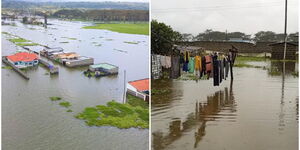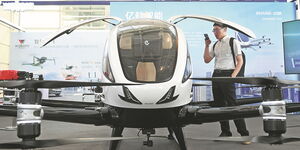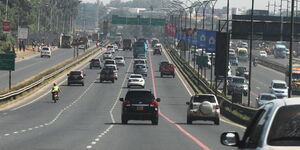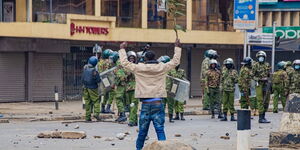As Kenyans brace for themselves for El Nino, projected to begin later this month all through to December, many motorists are wary of the impact the rains will have on their daily commute and whether or not, the torrents will negatively affect their cars in any way.
This comes in the backdrop of expectations that flooding could be witnessed in some parts of the country, should the rains overwhelm the drainage systems put in place by the various county governments.
It is also instructive to note that motorists are also wary of stagnant water which may cause great damage to engine and the interior of a vehicle.
In light of these facts, Kenyans.co.ke takes a look at car parts that need to be checked before and during the El Nino to ensure optimal vehicle performance.
Wipers
Checking the condition of vehicle wipers is vital, particularly before and during El Niño or rainy seasons.
Wipers play a crucial role in maintaining clear visibility by removing raindrops from the windscreen.
If the wipers are not functioning properly, it is essential for motorists to visit a garage and replace the wiper blades promptly.
Driving without proper visibility can result in accidents and significant costs, emphasizing the importance of this simple yet crucial maintenance task.
Batteries
During adverse weather conditions like El Niño, it's crucial for motorists to inspect their vehicle's battery.
Although most vehicles are equipped to shield the battery from water exposure, it's essential to confirm that the battery is in optimal condition.
This precautionary measure helps prevent situations where the car might fail to start unexpectedly.
Some drivers take it a step further, proactively preparing for heavy rains by acquiring a new car battery in anticipation of potential issues with the old one.
Headlights
In the context of El Niño, it's essential for motorists to pay attention to their headlights.
Headlights are especially critical during the rainy season as they serve as signals to other drivers, preventing potential accidents by indicating the presence of nearby vehicles.
Additionally, headlights enhance visibility, aiding drivers in avoiding obstacles like pillars.
Motorists must ensure that their headlights are in proper working condition. If a damaged bulb or defective wiring is detected, it is advisable to promptly consult a mechanic for necessary repairs.
Brakes
Effective brakes are essential, especially during a situation such as El Niño, when roads can become chaotic due to heavy rainfall.
Brakes play a crucial role in enabling motorists to avoid collisions with other vehicles and pedestrians.
Ensuring the brakes work efficiently and can be engaged promptly is essential for road safety.
If any issues with the brakes are detected, it's imperative to visit a garage for a checkup.
During the inspection, it's also important to have the mechanic examine the brake fluid, a critical element in the proper functioning of the brakes.
This proactive approach guarantees that the brakes remain reliable and responsive, promoting safer driving in challenging weather conditions.
Driving Practice
During flooding situations, it is strongly recommended to refrain from driving through flooded waters. Waiting for the rain to subside before starting a journey is the safest course of action.
Driving through flooded areas poses risks, including the danger of a vehicle being swept away by the rushing water, resulting in huge losses.
Additionally, it's wise to keep an extra fully charged phone in the car for emergencies, allowing individuals to call for help if they find themselves stuck in floodwater.
Verifying emergency contact information and ensuring an up-to-date insurance cover are also essential steps to mitigate potential losses during flooding incidents.












